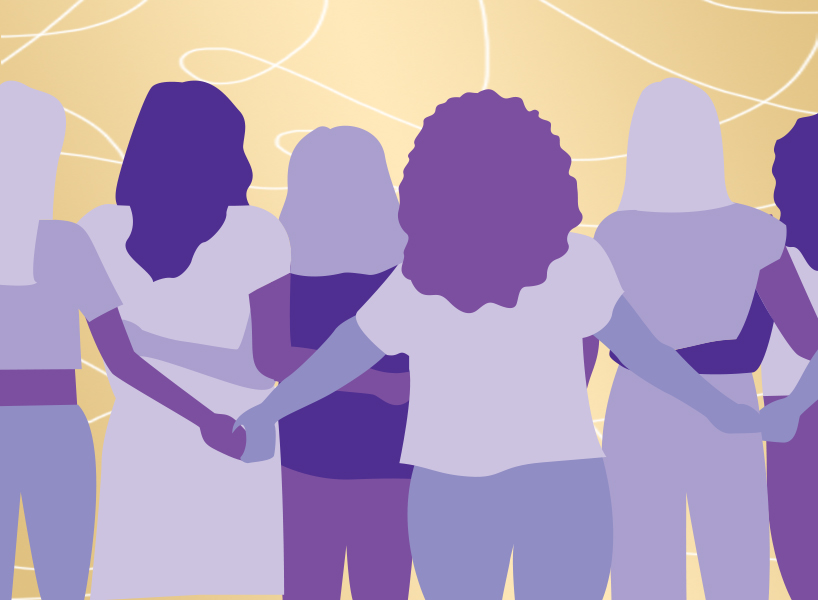International Women’s Day (IWD) was observed this year in an atmosphere that does not hold out much hope of a life of dignity for millions of women across the world. Indian women are living in the backdrop of rising crime, with cases such as in Unnao, Hathras or Shahjanpur showcasing a grim reality. At the same time, issues of disparity in wages and safety at the workplace are still worrisome. Solace can, of course, be found if we compare with their counterparts in Afghanistan who are now being barred from regular education available in classrooms elsewhere in the civilised world.
International Women’s Day has now become a global event to celebrate and support women’s rights while calling for gender equality. The first observance of women’s day on a national level was in New York February 28, 1909. It was marked on March 8 in several European countries in 1914 in support of women’s suffrage. Over the last 100 years, women in many countries secured labour rights, access to sexual and reproductive health rights as well as reached high positions of social, economic and political leadership. However, the original goal of achieving global gender equality is still a far cry. Women in many countries such as in the Middle East are, even today, victims of female genital mutilation. In some countries, women have no right to pass on their citizenship to their children. According to the World Economic Forum (WEF), the gender gap will take at least 100 plus years to close, and 200 plus years for economic gender parity, given the current pace of change.
A UN statistic reveals that one in three women is likely to face violence in her lifetime. At least 740 million women make their living in the informal economy with limited access to social protection, public services and infrastructure. Women do 2.6 times more unpaid care and domestic work than men, with only 41 per cent of the world’s mothers with newborns receiving maternity benefits.
Observing one day in a calendar year with the resolve to safeguard the interests of women is paying lip service to nearly half the world’s population. The need is for orchestrated actions to bring justice to women suffering inequalities and indignities throughout the world. Latest reports suggest Afghanistan’s main universities have reopened six months after the Taliban returned to power last August, but only a trickle of women have returned to now-segregated classes.
The saddest part of the story of education for women in Afghanistan is that there is an acute shortage of lecturers. Tens of thousands of Afghans left the country, among them teachers, after the collapse of the West-backed government of Prime Minister Ashraf Ghani. Afghanistan is but only a visible instance of the present day. Human history has witnessed many such phases where women were the first to be subjugated.
The COVID-19 pandemic has worsened women’s plight. Global data released by the UN suggests the pandemic could have put gender equality back by 25 years as a result of women having been forced to do significantly more domestic work and family care than men. The situation was, however, only marginally better before the pandemic when women were burdened with three fourths of 16 billion hours of unpaid work done each day around the world.
Political will is required to ensure gender equality. Even in one of the most developed countries like the United States, women have lost basic rights on their own reproductive health. Politics forever changed the course of women’s rights across the USA, taking away abortion rights from women in most states. While ‘pro-life’ activists rejoice, women as individuals have lost rights on their own life decisions. Not just in the US, but in most countries across the world, policy decisions on women’s lives are taken by powerful and privileged men who have no idea on women’s perspectives. For now, women will have to continue their fight for equal rights while celebrating small wins along the way.
